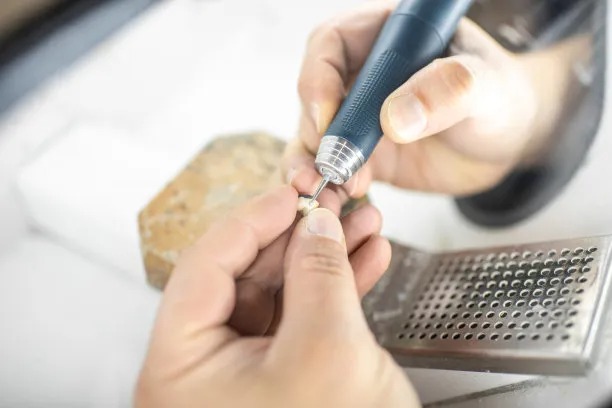Guidelines and Tips for Extracting a Tooth Safely and Effectively at Home or in a Clinical Setting
Summary: Extracting a tooth, whether at home or in a clinical setting, requires careful consideration of various factors to ensure safety and effectiveness. This article outlines essential guidelines and tips divided into four key areas: preparation and planning, tools and techniques, post-extraction care, and when to seek professional help. Each section offers detailed information to help readers understand the process and make informed decisions. The risks involved, the necessary tools, proper techniques, and aftercare play a crucial role in the success of a tooth extraction. By following these comprehensive guidelines, individuals can mitigate risks and enhance their chances of a smooth and safe extraction.
1. Preparation and Planning for Tooth Extraction

Before attempting to extract a tooth, it is essential to carry out a thorough preparation and planning phase. Understanding the reason for extraction is the first step. Common reasons include severe decay, impaction, or overcrowding. Identifying the exact problem will help determine if a home extraction is feasible or if consulting a dentist is necessary.
Next, assessing the overall health of the individual plays a critical role. Certain medical conditions, such as heart issues or blood disorders, can complicate extractions. It’s important to evaluate allergies, particularly to anesthetics or other medications, which could pose serious risks during the extraction.
Finally, considering the emotional aspect of the process is vital. Many individuals feel anxious about extractions. Planning a comfortable environment, having a support system present, and learning relaxation techniques can significantly ease anxiety and improve the overall experience.
2. Essential Tools and Techniques for Extraction
Having the right tools is crucial for a safe and effective tooth extraction. Basic tools required for a home extraction include dental forceps, a disinfectant solution, gauze, and gloves. If available, a local anesthetic can help minimize discomfort. In a clinical setting, dentists have specialized tools and professional experience that ensure a more controlled procedure.
The technique used for extracting the tooth is also important. For a simple extraction, the tooth should be loosened first to facilitate removal. Gentle rotating motions with the dental forceps can help in the loosening process. In cases of impacted teeth, more complex techniques may be necessary, which are generally best left to dental professionals.
After the tooth is fully loosened, it can be removed carefully. Following proper technique reduces the risk of damaging surrounding tissues and nerves. Ensuring steady and controlled movements during extraction helps in completing the process safely.
3. Post-Extraction Care to Promote Healing
Post-extraction care is paramount to ensure successful healing and to reduce the risk of complications. The first step involves applying pressure to the extraction site to control bleeding. Using clean gauze and biting down gently can help promote clot formation.
After controlling bleeding, it’s essential to avoid vigorous rinsing or sucking motions, as these can dislodge the clot and lead to dry socket, a painful condition. Staying on a soft food diet and maintaining hydration is advisable during recovery.
Additionally, observing the extraction site for signs of infection, such as increased pain, swelling, or discharge, is crucial. If any of these symptoms occur, it is vital to seek medical attention. Pain management can be facilitated with prescribed or over-the-counter medications, ensuring a smoother recovery process.
4. Knowing When to Seek Professional Assistance
While some cases may allow for safe home extractions, it is critical to recognize when professional help is needed. The complexity of the extraction is a major indicator; if there is any uncertainty or if multiple teeth are involved, a dentist should always be consulted.
Additionally, complications such as excessive bleeding, prolonged pain, or signs of infection warrant immediate professional evaluation. A dentist can provide definitive care that not only addresses the extraction but also offers solutions for follow-up treatments if needed.
Ultimately, understanding one’s limitations and seeking help when necessary is an essential part of ensuring safety and health. Dental professionals are trained to handle complex cases and can offer a level of care that might be difficult to achieve at home.
Summary:
In summary, extracting a tooth involves a series of essential steps that promote safety and effectiveness. Preparation is key to identifying risks and reducing anxiety. The right tools and techniques enhance the extraction process, while proper post-care is critical for recovery.
Recognizing when professional help is required can prevent complications and ensure overall oral health. By adhering to these guidelines, individuals can navigate the tooth extraction process with greater confidence and success.
This article is compiled by Vickong Dental and the content is for reference only.



